Items of daily use and exquisitely beautiful pieces … pottery spans a spectrum. A look at four wonderful kinds from across the country.
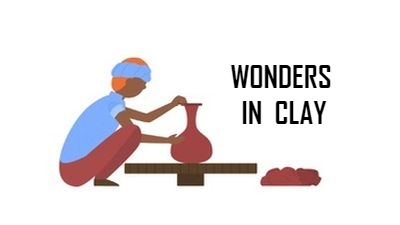
Imagine pieces of breathtaking beauty being crafted from mere mud and clay! This is what pottery is all about. From being utilitarian items to amazing showstoppers, the industry is more than a means of sustenance. Here are four types from across India that have made a name for themselves.
The Dhokra metal work of Bastar, Chhattisgarh, goes back to ancient times.
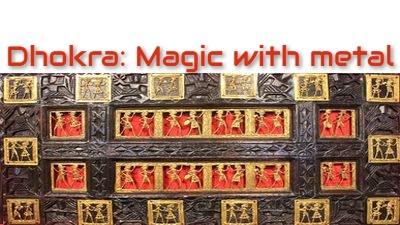
Remember the dancing girl statue from the Indus Valley Civilisation? Would you imagine that the same technique continues to be used even today? The well-known Dhokra metal craft of Bastar district in Chhattisgarh uses the lost-wax casting technique from ancient times.
This is how it is made. First, the artisan makes a mould with sand and clay. Then it is layered with cow dung and pure beeswax. The next step is to make wax threads and wind them around the mould. This is then put in the furnace. Once the wax melts, molten brass or bronze is poured into the mould. Once they cool, the mould is broken and the final figure is taken out. Since each figure requires an individual mould, this is a time-consuming process. But then each figure is unique and exclusive.
Now try this memory game and find out more about this craft.
It has a geographical indication (GI) tag and the little town where it is made is now a heritage village. This is the Aranmula kannadi, which only a handful of craftsmen know to make.
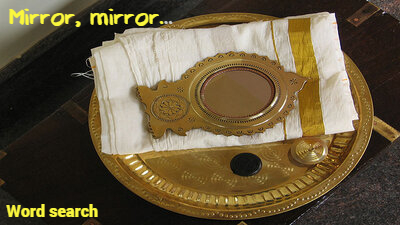
A distance away from Thiruvananthapuram, the capital of Kerala lies the picturesque town of Aranmula. It is a temple town located on the banks of the Pamapa and boasts of the Parthasarathy Temple, one of the venerated 108 Vaishnava temples.
According to legend, the King of Pandalam brought artisans from Sankaran Koil near Tirunelveli to Aranmula to build the Parthasarathy Temple. These skilled craftsmen, while casting copper-based alloys, discovered the reflective property of a particular copper-tin alloy. Thus began the tradition of making the Aranmula kannadi.
What is extraordinary about this mirror is that it is handmade and unlike the usual glass mirror it eliminates secondary reflections that you typically see in back surface mirrors.
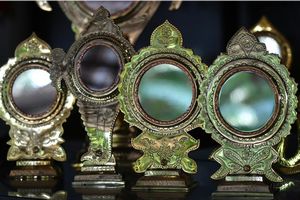
There are three kinds of mirrors – the back stand, the fixed stand and the hand mirror. The process of making the mirror usually involves two stages. The first involves the mould being prepared, based on the shape the mirror will take. To prepare this mould the craftsmen melt all the metals – the names of the metals and the composition are known only to the craftsmen – is referred to as the Vishwakarma family secret. Eighty mirrors can be made from one mould.
In the second stage, the metal is polished, and this process takes weeks on end to attain the perfect finish and to achieve the mirror’s reflective surface. It is a long and laborious task. Once done, the mirror is set in elegant ornamental frames.
These mirrors can never be duplicated as the intricacies of making them is known only to the family members who craft them. It is believed that a woman belonging to one of the artisan’s family had a dream in which the formula to making this alloy was revealed to her.
Today this mirror is considered an auspicious item and is part of the eight auspicious articles – Ashtamangalya set – usually displayed at religious ceremonies, functions and weddings.
In 2004, this rare craft was given international recognition and awarded a geographical indication (GI) tag. A 45-cm tall mirror was placed in London’s British Museum. The religious significance and the rarity of the kannadi prompted Kerala Tourism to declare Aranmula a heritage village.
Once you have read this story try your hand at this word search puzzle. All the words are from this story.
Unscramble the letters and find out the names of these sports.

Did you know that here are 8,000 indigenous sports and sporting games? However, the number of sports that are internationally recognised are 442. Most sports fall into several broad categories such as aquatic, ball-and-stick, ball-over-net, shooting, snow, combat, gymnastics and cycling sports. This game is about those that have four-letter names. Play this game to know how many you know!
Discover interesting facts about your favourite characters from the world of Harry Potter and download your own calendar to keep yourself organised.

Do you know who was the Chief Guest for the first-ever Republic Day Parade held in 1950? Watch this video to find out!
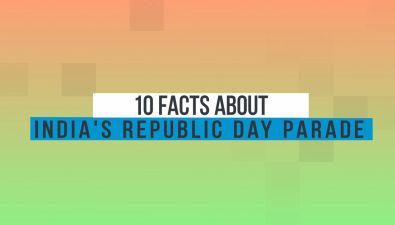

It’s quiz time, folks! Check your general knowledge with these questions.

Here is this week’s quiz to test your knowledge of current affairs and the world in general. Time to get your grey cells going. Here are six questions that will do the job.
If you are a fan of The Hobbit and The Lord of the Rings, they check out this video to learn more about your favourite author.


Are you resilient like Incy wincy spider or mischievous like Jack and Jill? Find out which nursery rhyme you connect best with.

Some nursery rhymes seem to make no sense at all, while others are educational and inspiring. Regardless, they are so easy to remember that they have lasted so many years and have been passed on from generation to generation.
Have you ever wondered which iconic nursery rhyme resonates best with your personality? Try this for-fun-only quiz and find out.
January 26, 2022, marks 73 years since the Constitution came into effect and India was declared a Republic. Play this game to see how much you know.
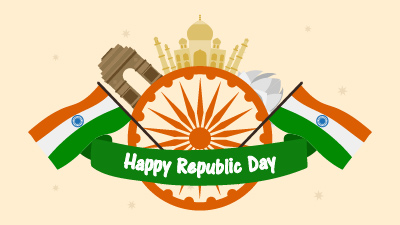
On January 26, 1950, India woke up with a sense of excitement. The country was to be officially declared a Republic. It was a cold and misty morning in Delhi, as the city prepared for the events that were scheduled. The atmosphere in the Irwin Amphitheatre (now known as Major Dhyan Chand Stadium) was charged. The chief guest was Sukarno, the President of Indonesia. There were to be many performances, including a flypast and an army marching band. At 10.18 a.m. a 31-gun salute at the stadium declared India a Republic. Six minutes later, Dr Rajendra Prasad became the first president. He took the first salute at the parade. Now try this activity to see how much you know about this day.










